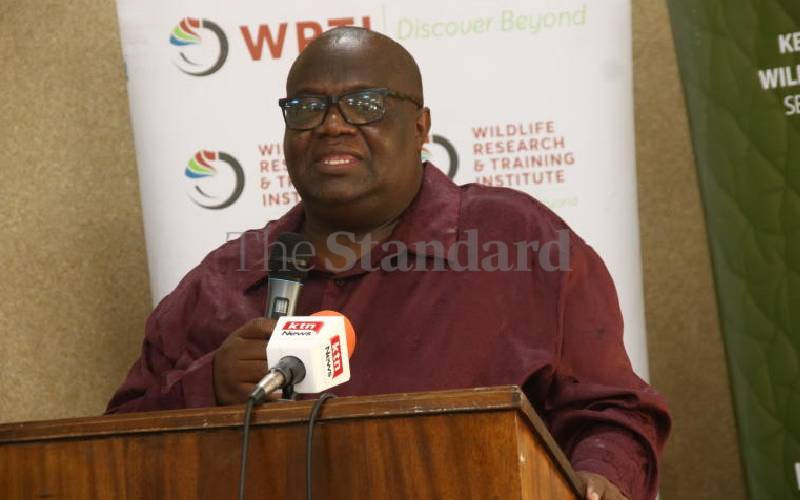×
The Standard e-Paper
Informed Minds Prefer The Standard

The Athi-Kapiti ecosystem has been mapped out as a critical ecology for the Nairobi National Park and the Kitengela-Athi-Kaputiei ecosystem.
According to the Wildlife Research and Training Institute (WRTI), the ecosystem provides the only connectivity for the two ecological regions.







